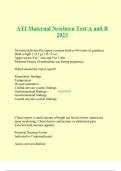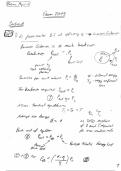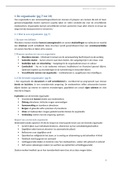Summary
Grade 10_Life Sciences [Biology] Summary
- Course
- Life Sciences
- Institution
- 10th Grade
Our Grade 10 Biology [Life Sciences] Notes Set is a colourful, practical guide for terms 1 to 4. It contains all the notes needed to achieve a successful completion of the degree. All notes are clearly organized and easy to navigate. Our notebook is an excellent tool to help the learner achieve con...
[Show more]







